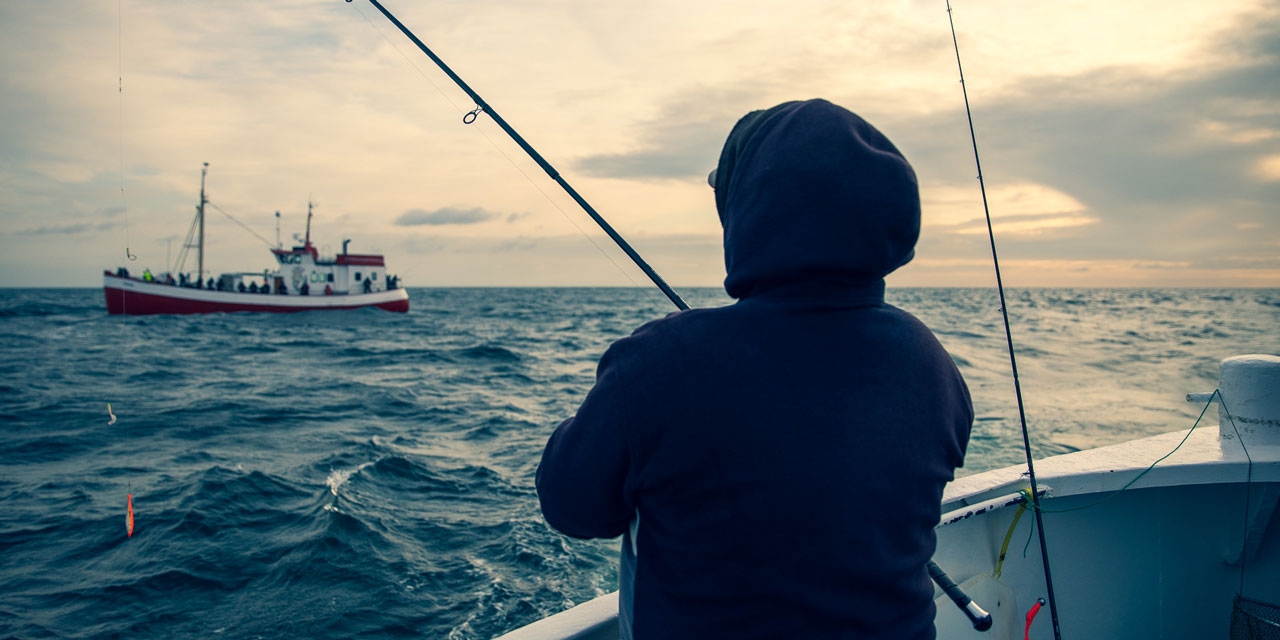EAA position on recreational fishing for Western
Baltic cod in 2024
14 June 2023

Common
position statement by the European Anglers Alliance (EAA) for Western Baltic
cod in 2023. The EAA is a pan-European organisation for recreational angling,
defending the interests of approximately 10 million anglers that go fishing
every year.
Download
the full text -EAA position on recreational fishing for Western Baltic
cod in 2024
The
International Council for the Exploration of the Sea (ICES) published its catch
recommendations for western Baltic cod (Gadus morhua) on May 31, for the year
2024. Current scientific information shows that the western Baltic cod stock
suffers from both environmental factors affecting reproductive success, a
previous history of overfishing and that selective commercial fishing gears
that could reduce bycatch of small cod have not yet been utilised.
For cod in the western Baltic Sea, ICES has recommended within the framework of
the EU management plan a total catch of 24 t. This is an increase of 97 %
compared to the 2023 ICES advice (total catch corresponding to the MAP FMSY = 943 t)
which was the basis for the Agriculture and Fisheries Council’s decision for
the Total Allowable Catch (TAC) of 983 t in subdivisions 22-24 (Western
Baltic).
Recreational fishing
vs commercial fishing – a totally different approach
While
commercial fishers want to get their permitted catch, the so-called quota, as
quickly as possible with as little effort as possible, recreational fishers
prefer a different approach. Profit is not a motive for recreational anglers as
the sale of recreationally caught fish is forbidden. With a daily harvest limit
the angler is given a daily maximum catch and whether they reach this or not,
is not the primary reason to fish from the coast or to venture out onto the
Baltic Sea. Just the experience of fishing together with the chance of catching
a fish is what drives most anglers. The ability to perhaps take home a fish and
not just the size of the daily harvest limit is often seen as a goal and not,
as in commercial fishing, as the sole motivator for going fish (1- Gundelund et
al., 2022).
Recognize the added
value of recreational anglers
Total
economic impact of marine recreational fishing amounts to 10.5 billion euro,
supporting almost 100 000 jobs in Europe (Hyder et al, 2017 ). The largest
share of this expenditure is on boats, fishing tackle, travel, and overnight
stays. Anglers are therefore an important source of income for tourism in
coastal regions, especially in the off season.
Anglers live for the
enjoyment of fishing and the chance of catching a fish, not for the amount
caught
The
so-called bag limit (daily harvest limit) has been in effect for recreational
cod fishing in the western Baltic Sea andÖresund region since 2016. This means
that the daily catch allowed for all recreational fishers is limited to a
certain number of fish. In 2023 the daily harvest was limited to 1 fish per
angler and fishing day.
The European Anglers Alliance has recognized that, as protectors and users of
the stock, anglers have made their contribution to the recovery of the stock
and will continue to do so in the future.
These are the demands
of the European Anglers Alliance for 2024:
- Recreational fishing opportunities for cod must be
preserved.
- Consider a combination of management measures that
ensures equivalent protection at simultaneous higher anglers’ satisfaction:
introduce a maximum landing size for anglers, increase the minimum landing size
and combine both with seasonal closures and bag limits1; intensify the dialogue
between the interest groups, science, and politics.
- No dedicated fishing activities on spawning cod.
- Improvement and obligatory use of selective gear to
reduce bycatch of cod in commercial fisheries is urgently needed.
- Investigate and consider the impact of cormorant
predation on cod stocks2,3,4
References:
1- Gundelund, C, Arlinghaus R, Birdsong, M, Flávio H, & Skov C (2022).
Investigating angler satisfaction: The relevance of catch, motives and
contextual conditions. Fisheries Research, 250, 106294.
2- Hyder K, Radford Z, Prellezo R, Weltersbach MS, Lewin WC, Zarauz L, Ferter
K, Ruiz J, Townhill B, Mugerza E, Strehlow HV (2017). Research for PECH
Committee - Marine recreational and semi-subsistence fishing - its value and
its impact on fish stocks. IP/B/PECH/IC/2016-131. European Parliament, Policy
Department for Structural and Cohesion Policies: Brussels. ISBN
978-92-846-1604-6. 136 pp.
3- Jepsen N (2022) Cormorants and fish population – Documentations of effects.
Public hearing on Cormorant problematic affecting EU fisheries and aquaculture,
11 May 2022. Available at:
https://www.europarl.europa.eu/cmsdata/248202/01%20Niels%20Jepsen.pdf
Pietrock, M, Sternberg N (2021). Analyse von Speiballen zur Ermittlung der
Nahrungszusammensetzung von Kormoranen in den Gebieten Plöner Seen, Untertrave
und Schlei. Bericht im Auftrag des Ministeriums für Energiewende,
Landwirtschaft, Umwelt, Natur und Digitalisierung des Landes
Schleswig-Holstein. Institut für Binnenfischerei e. V. Potsdam-Sacrow, 90 pp.
4- EIFAAC (2022) Impact of cormorant predation on fish and fisheries in Europe.
EIFAAC Advisory note: 1/2022